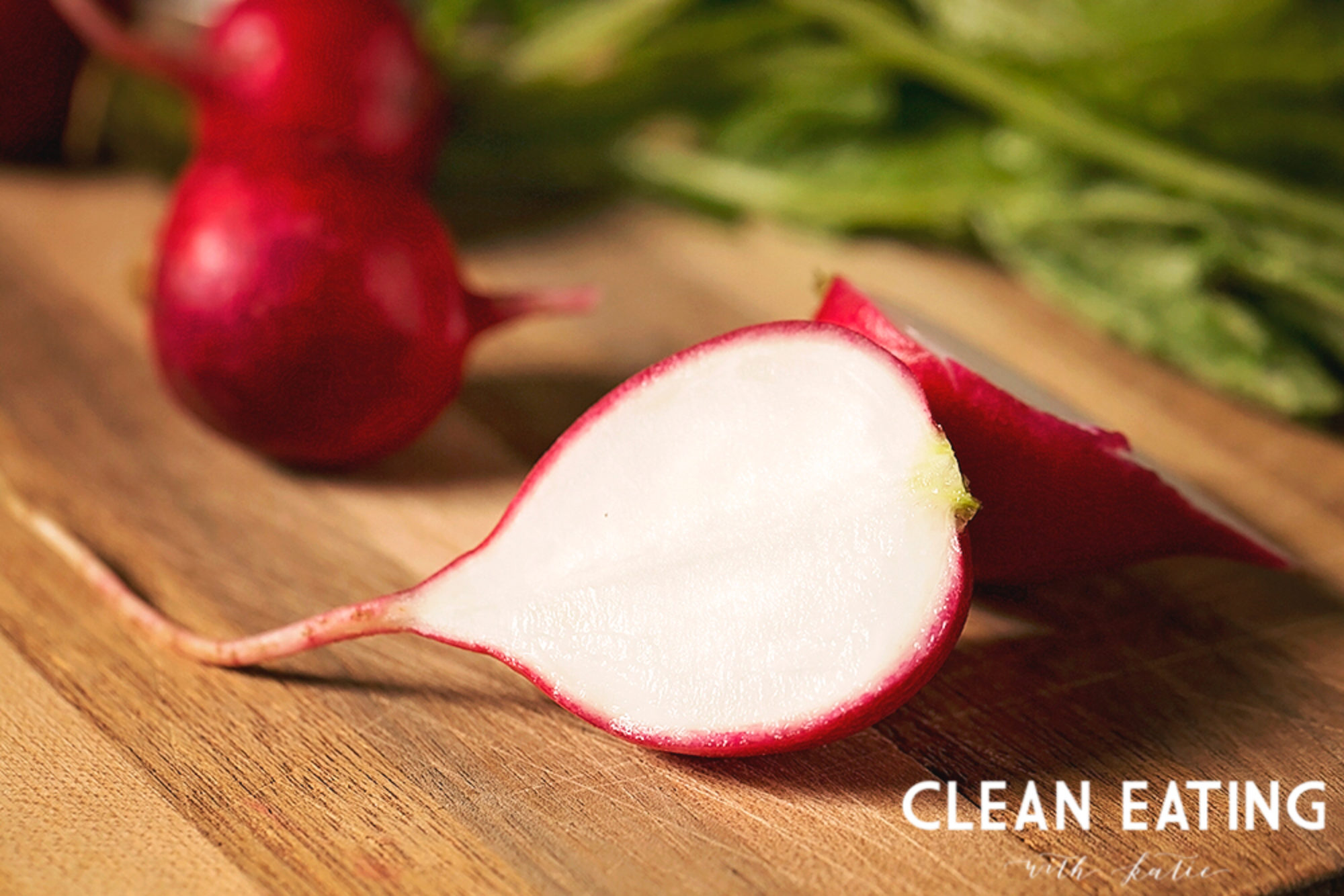This is the FINAL post for The 52 New Foods Challenge! WOW! It has taken me MUCH longer that 52 weeks to blog about this, but hey, I stuck with it!!
Pomegranates are a fruit that I didn’t really eat until I was an adult. I loved buying the ready-to-go pomegranate seeds at Trader Joe’s! So easy! They are quite a fun snack, although they are a bit of work when you buy the whole fruit. I also enjoy adding pomegranates to salads. The seasonal Thanksgiving salad that I mentioned here, also had pomegranate seeds. Danielle Walker of Against All Grain adds them to a Brussels sprouts dish, which adds a delightful twist.
 Jennifer Tyler Lee suggests making a sauce using pomegranates instead of cranberries or add them to a wild rice and pistachio dish. Both sound delicious!
Jennifer Tyler Lee suggests making a sauce using pomegranates instead of cranberries or add them to a wild rice and pistachio dish. Both sound delicious!
Food Facts:
- Pomegranates are thought to be the forbidden fruit in the Garden of Eden, rather than apples.
- They originate from Iran.
- The red seeds are called arils.
- Pomegranates are a good source of vitamins K, E, and B6, and folate, potassium, manganese, and pantothenic acid.
- Rich source of antioxidants, especially tannins and flavonoids.
- Studies show that pomegranate juice can inhibit the growth of breast, prostate, colon, and lung cancers.
- Pomegranates have been shown to be heart protective, as it can improve blood pressure and improve blood flow.
From:
The 52 New Foods Challenge by Jennifer Tyler Lee and Superfoods
by Tonia Reinhard.


 Persimmons are a relative of the apple and the pear.
Persimmons are a relative of the apple and the pear. As an adult, I have come to really like all kinds of pink apples: pink lady, fuji, gala, and honeycrisp. I also only eat apples during apple season and during the very early weeks of cold storage. In Northern California, apple season begins in mid-late July and generally lasts until October. Thus, I only consume apples from July-December.
As an adult, I have come to really like all kinds of pink apples: pink lady, fuji, gala, and honeycrisp. I also only eat apples during apple season and during the very early weeks of cold storage. In Northern California, apple season begins in mid-late July and generally lasts until October. Thus, I only consume apples from July-December.